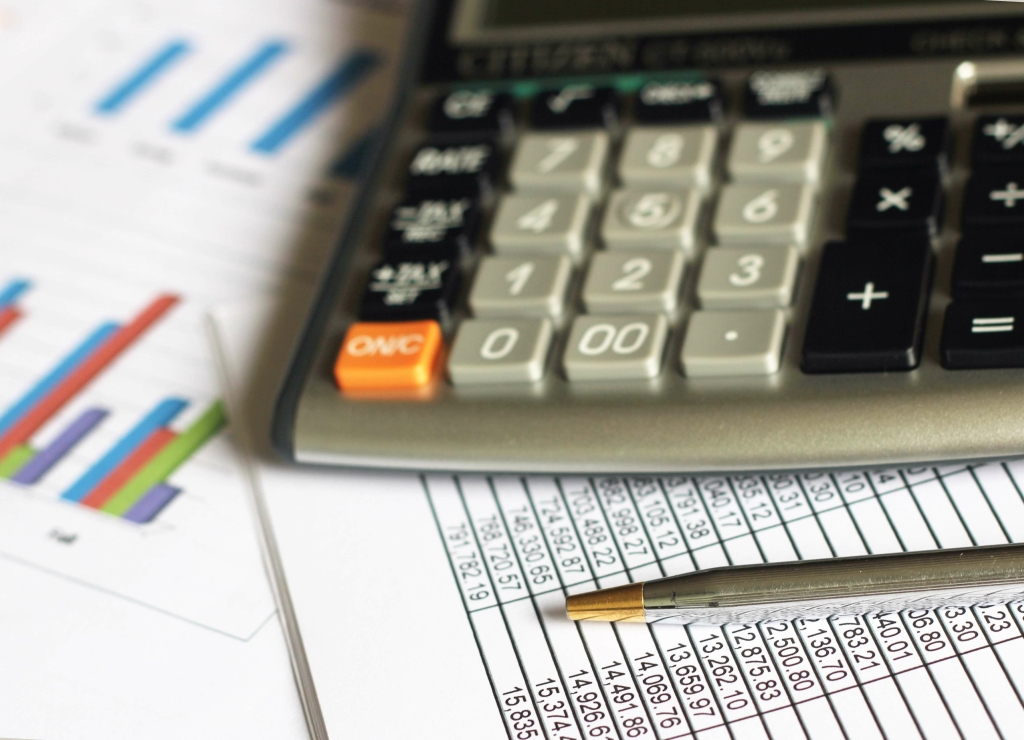Balance Sheet Reconciliation: Process, Example and Checklist
In the example given above, we see a discrepancy of $45,000 between the subledger balance and the GL balance. The accounts team now needs to investigate various documents to identify the reason for the discrepancy and make the necessary adjusted journal entries to ensure that the subledger and general ledger balances match. Some reconciliations are necessary to ensure that cash inflows and outflows concur between the income statement, balance sheet, and cash flow statement. Cash flow can be calculated through either a direct method or an indirect method. GAAP requires that if the direct method is used, the company must reconcile cash flows to the income statement and balance sheet. It also provides a mechanism to correct any discovered errors, ensuring the integrity of financial reporting.
No matter what role you play in your accounting team, you know that there are no way around account reconciliations and balance sheet reconciliations. The days of storing information across spreadsheets and manually recording transactions should be a thing of the past, yet many organisations still operate under these conditions. Balance sheet reconciliation is the process of ensuring your balance sheet information is accurate. The balance sheet reconciliation process includes cross-checking balances and entries with documentation (e.g., bank statements).
During reconciliation, discrepancies and errors such as unrecorded transactions, data entry mistakes, and misclassified entries are identified, helping prevent larger issues down the line. The balance sheet reconciliation process forms part of the balance sheet items for a respective financial year and whether it is recorded and properly classified, making up for the balances appropriately in the balance sheet. It is a final and crucial activity that the company performs to ensure the accuracy of its financial statements before the closing of its books at the end of the financial cycle. To enhance balance sheet reconciliation, companies should establish clear policies and robust internal controls. Clear policies provide guidelines for identifying discrepancies and approving financial statements, while internal controls, such as segregation of duties and regular reviews, prevent fraud and improve accuracy.
- By encouraging continuous learning and skill development, you can improve job satisfaction and productivity for your team.
- With their manual nature, they are highly susceptible to errors – a single mistype or incorrect formula can throw off your entire reconciliation.
- Businesses and individuals may use account reconciliation daily, monthly, quarterly, or annually.
Step 5: Make adjustments to the general ledger
Read on to learn more about reconciling your balance sheet, including what steps you should take to reconcile your balance sheet and why it’s important to have a reconciliation process. There’s no need to keep doing your balance sheet reconciliations manually when there are modern solutions that are sure to save you time, money, and restore your peace of mind. 3) RiskThere’s a lack of assured accuracy when it comes to manual accounting, which can elevate the chance of fraud and pose risks to the integrity of financial statements. Modern accounting technology embeds automation into your processes, which reduces time spent on rote, manual tasks and frees your team to focus on higher value activities like analysis and explanations for exceptions or variances.
Identifying them ensures you cover all critical areas where discrepancies might occur. Often companies will start with core accounts like cash, deferred revenue, payroll, and AR/AP. Modern accounting technology has made the virtual close process—and specifically the balance sheet reconciliation process—unified, automated, and continuous. The adoption of balance sheet reconciliation software has helped countless companies settle their accounts or close them in time before filing for that assessment period.
Challenges with Manual Balance Sheet Reconciliations
A fast close is impressive but could your company be compromising quality for speed? Are your reconciliations roll-forwards of recent activity or a simple listing of what is in your general ledger? Companies that close within a short window often rely more heavily on estimates and accruals, which may not be exact. Validating the data through balance sheet review and account reconciliations reduces your exposure to risk, fraud and malicious attempts to manipulate numbers. Typically condensed into a 10-day timeframe, the financial close happens every month, quarter and year to varying degrees of complexity. That’s why it’s crucial for accounting teams to get really good at reconciling their balance sheets early on.
What is Balance Sheet Reconciliation?
I’m currently working on the reconciliation product within Nanonets’ broad offering. In the bustling rhythm of modern life, managing personal finances can often feel like a complex dance, requiring meticulous attention to detail and timing. Early retirement—once the what is full charge bookkeeping dream of many—has increasingly become a hotly debated topic. On one side of the argument, it’s hailed as the ultimate financial freedom, a golden ticket to a life… One is the horizontal format, called the T-format, and the other format is the Vertical Format.
The Bottom Line on Balance Sheet Reconciliation
To catch any balance sheet errors early on and prevent future blunders, reconcile your balance sheet monthly. Keep in mind that, depending on your business, you may need to reconcile weekly, semi-quarterly, or quarterly instead. After you make adjustments, consider comparing your records to your balance sheet a second (or even a third) time to ensure the mistakes were fixed and that your balance sheet is accurate. In addition to making sure your documentation and balance sheet information line up, you want to make sure your ending balances match your general ledger. If your ledger and balance sheet totals don’t match up, track down the inconsistency using your records.








